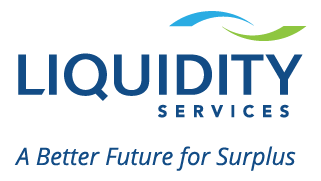Are you prepared for an increase in customer returns for this post-holiday season?
Experts are estimating an unprecedented surge of 34% for online holiday sales, resulting in a peak of increased returns that could cost as much as $280 billion worth of global ecommerce purchases. As we approach the end of 2020, this is a crucial time to prepare and manage your returns process. If you plan correctly, you will be able to turn surplus inventory into a valuable opportunity rather than a financial burden.
To help you put an effective returns strategy in place, we prepared a Returns Season Checklist with 10 key steps to take. Here are some examples:
How to Prepare for Peak Season Returns
There are steps you can take before returns season. One key area to focus on is increasing customer satisfaction to drive on-going loyalty and re-purchases. This can be achieved by providing better customer service, simple exchanges, and credits, or even creating an easy return system by utilizing physical locations.
With the forecasted spike in ecommerce orders and returns, consequently, there will be an increase in customer interaction with customer service agents. Effective customer service training can go a long way. According to Salesforce, 76% of consumers evaluate how much a company values them through their customer service experience.
- Tip #1: Train your agents to handle an influx of customer returns and help shoppers resolve their issues quickly and kindly to increase satisfaction.
- Tip #2: Consider offering a self-service portal where customers can refer to when seeking answers themselves.
How to Manage Increased Returns
It is important to understand and evaluate your best options when thinking about creating a feasible and effective returns management system that works specifically for your business needs. Knowing your bandwidth and ability to store excess returned inventory is the first step. Then, determine your highest recovery options, need for speedy resale of returned purchases, and the ability to adhere to compliances and policies.
- Tip #3: Evaluate your ability to accept and store returned inventory. If you do not have the means to accommodate returns, outsourcing the returns management process is an alternative to minimizing surplus assets.
How to Select a Vendor
Secondary Markets are a useful tool for planning ahead and recovering revenue. Selecting the right service and third-party partner can be challenging, which is why we provided information that may aid in the selection process listed on our Holiday Returns checklist.
- Tip #4: Search for B2B and B2C online secondary marketplaces with a global buyer base who are looking for returned stock that is similar to your type of inventory. A good place to start is to analyze what type of marketplaces your competitors are turning to for their surplus assets.
With 20+ years of experience aiding in surplus inventory management, we’ve got you covered when it comes to maximizing your returns management process. Download our full checklist to get more information on what you can do to plan and create an effective returns management strategy. Liquidity Services can even further assist in creating a plan tailored to you to help prepare for returns and maximize asset recovery. Start your 30-day free trial today so we can help create and execute an efficient returns strategy for this upcoming peak season.



Comments are closed.